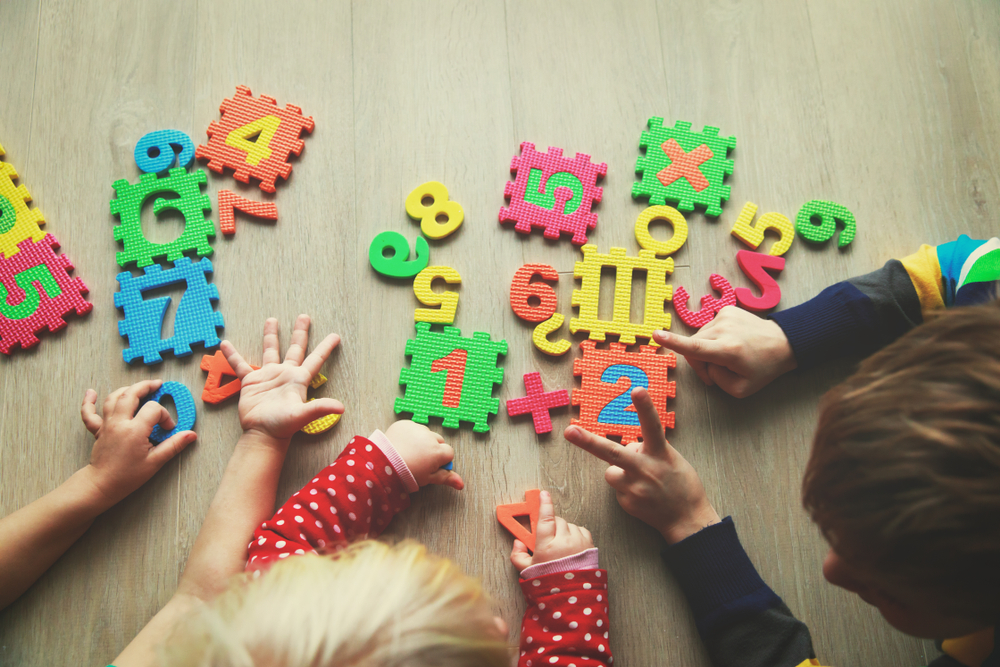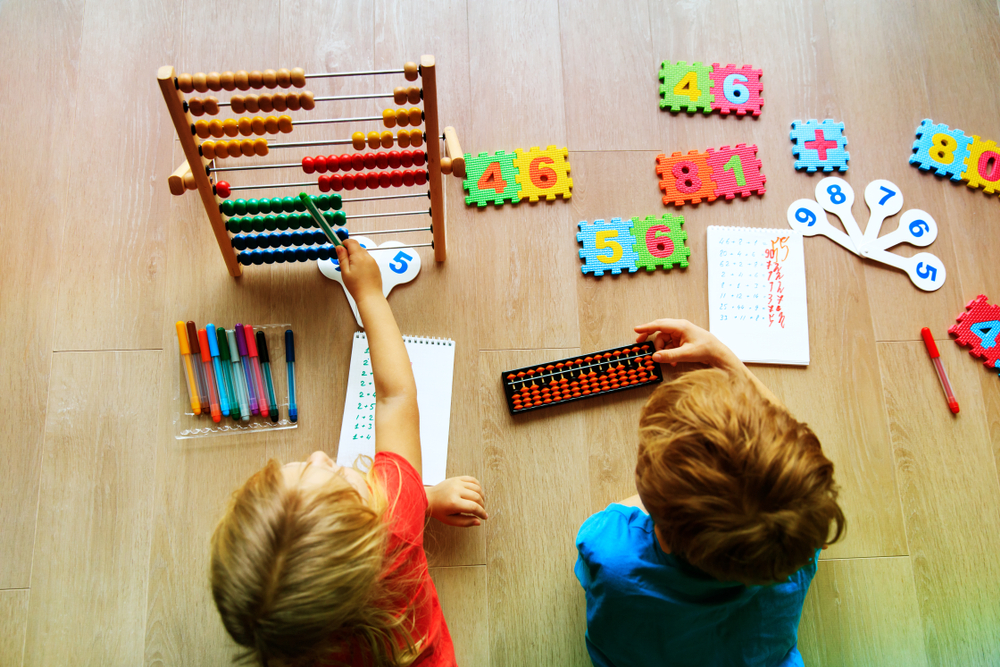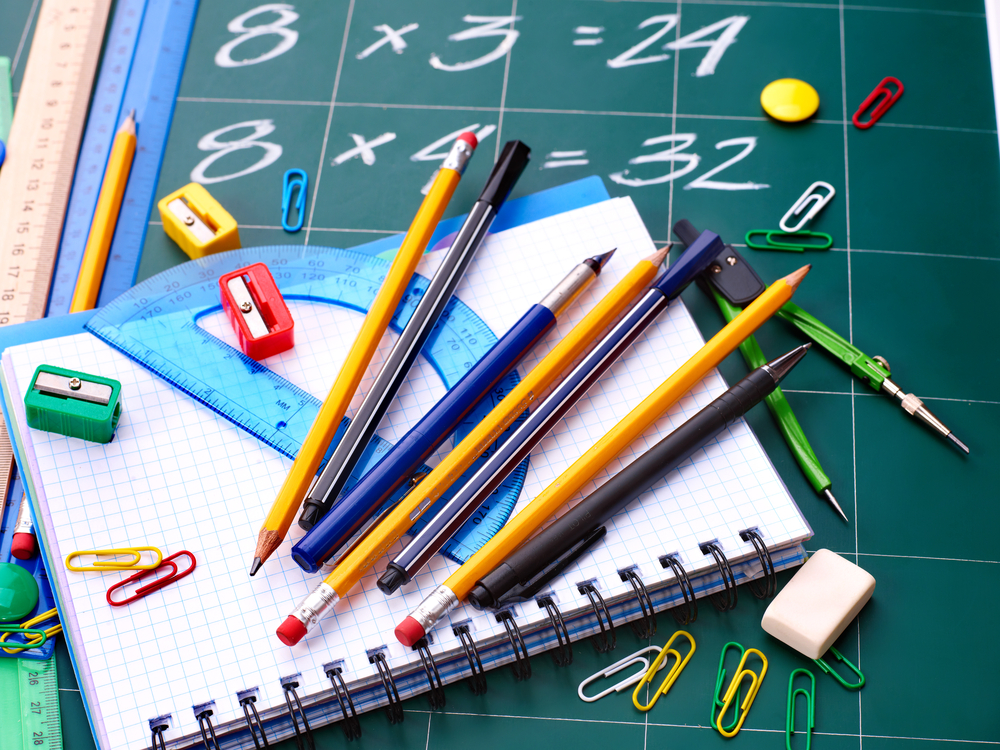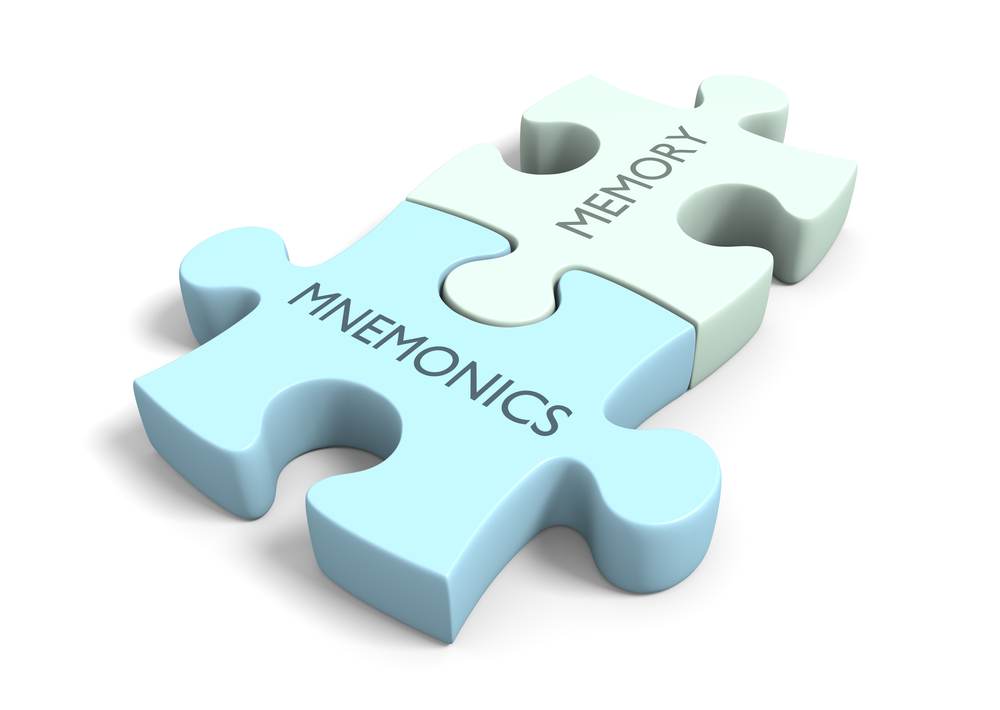Basic Addition Normal Math Worksheets for Ages 8-9
5 filtered results
-
From - To
Ready to boost your child's math skills? Our "Basic Addition Normal Math Worksheets for Ages 8-9" are designed to engage young learners and strengthen their foundation in addition. Each worksheet provides fun and interactive exercises that enhance their problem-solving abilities and build confidence. Suitable for classroom or at-home learning, our worksheets offer a variety of problems that cater to the unique needs of 8 to 9-year-olds. Help your child excel in math with activities that make learning enjoyable. Start exploring and watch their addition skills soar! Available now on Kids Academy.
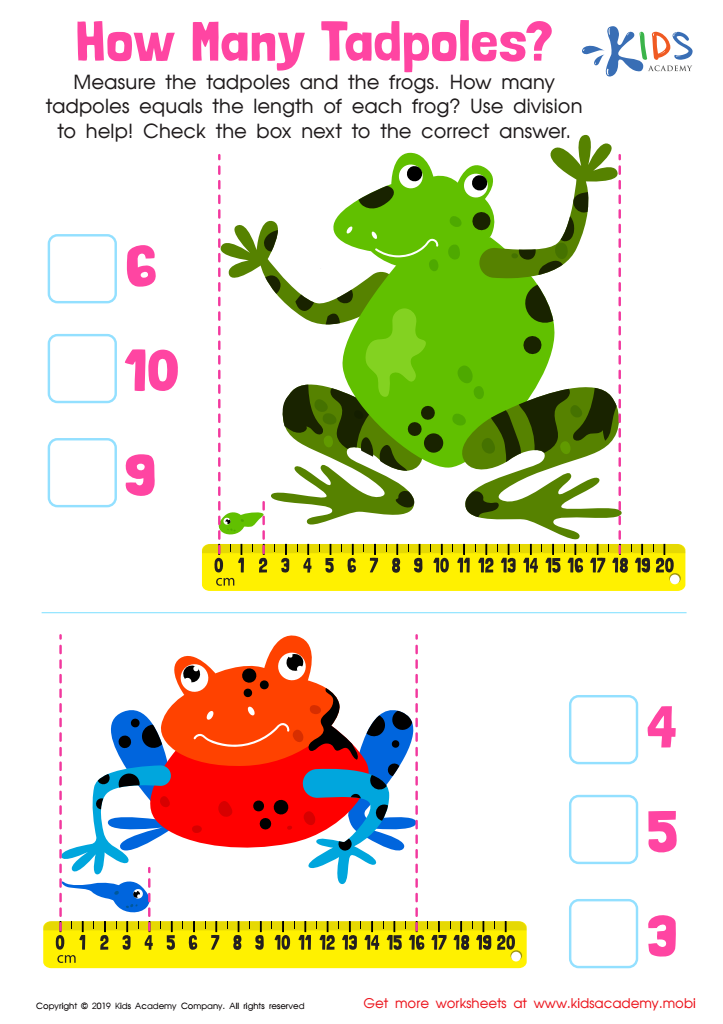

How Many Tadpoles Worksheet
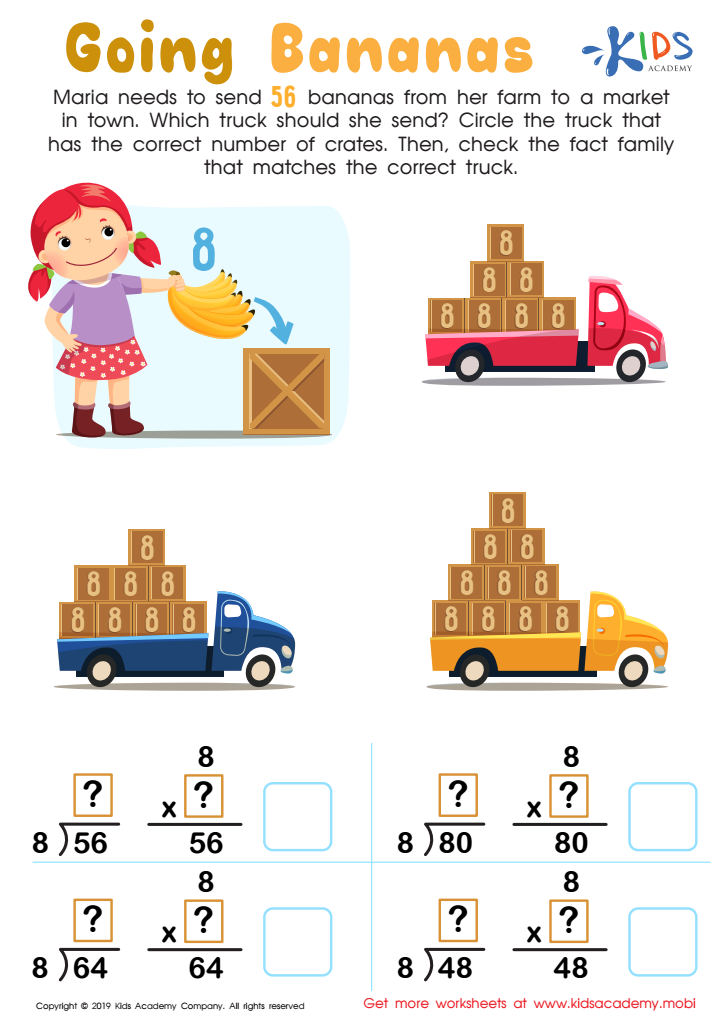

Going Bananas Worksheet
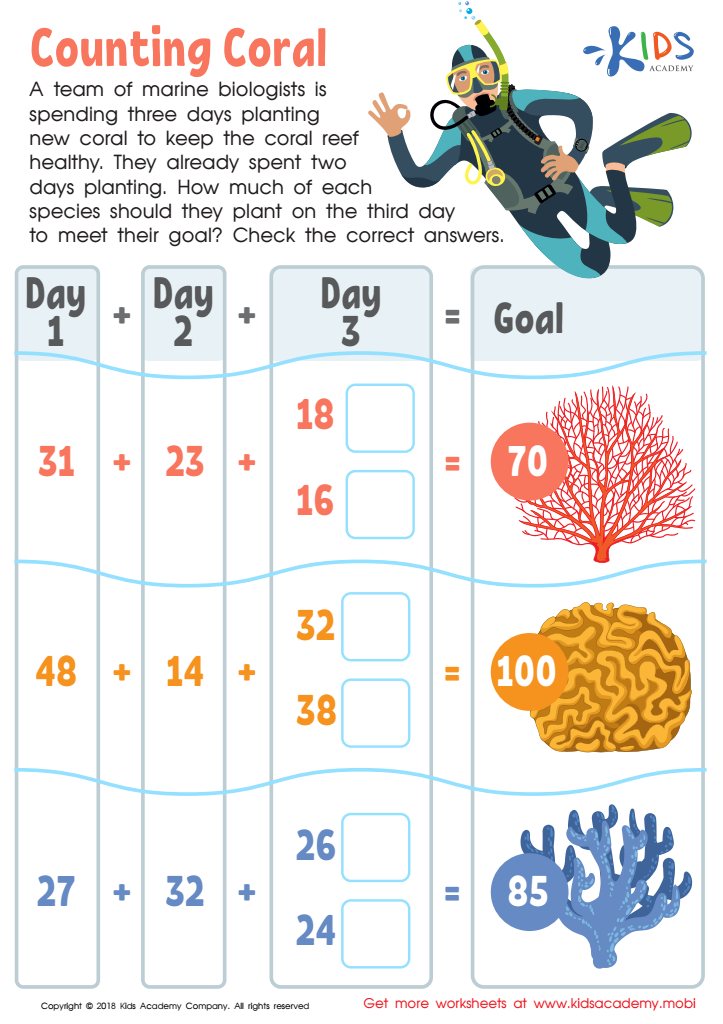

Counting Coral Worksheet
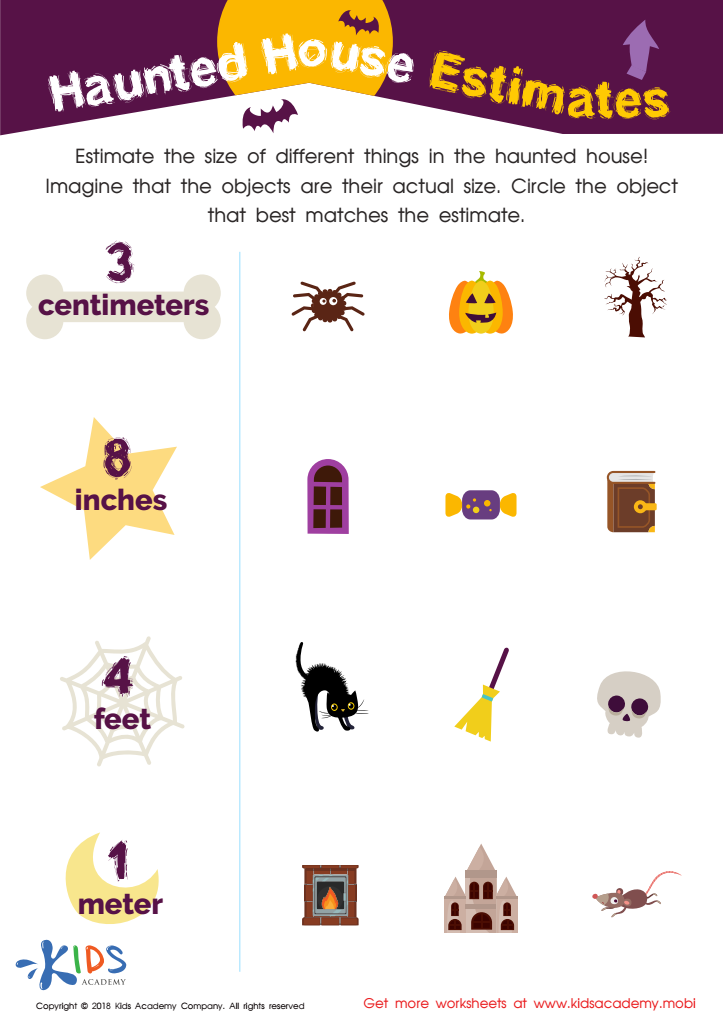

Haunted House Estimates Worksheet
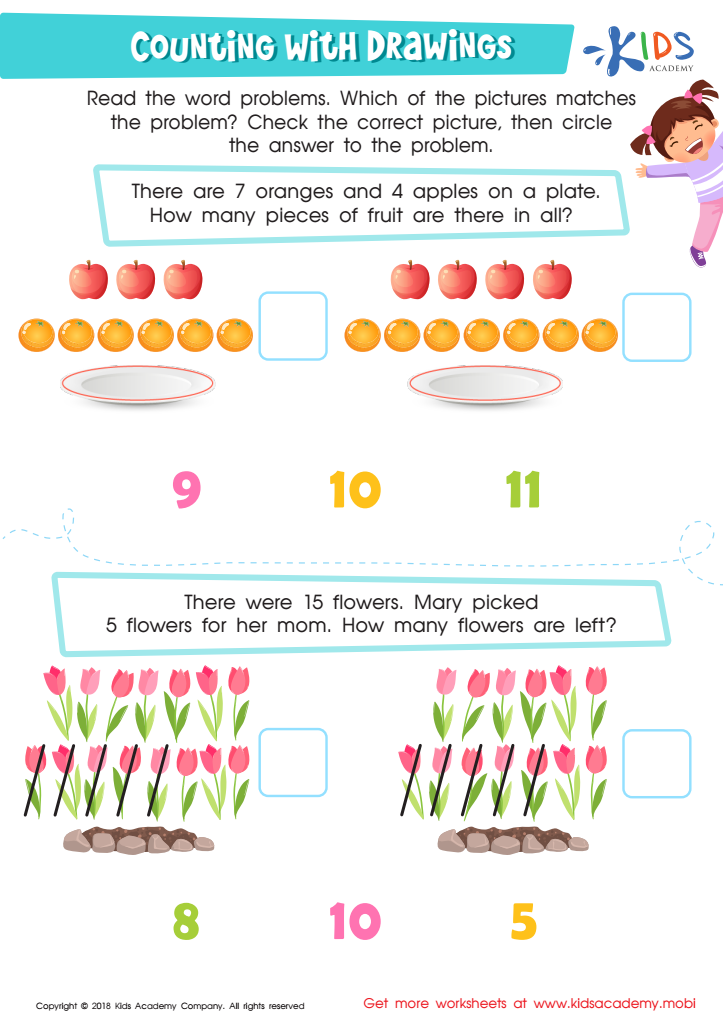

Counting with Drawings:Fruits & Flowers Worksheet
Teaching basic addition to children ages 8-9 is crucial as it forms the foundation of their mathematical understanding. At this stage, students are transitioning from simple math to more complex arithmetic, and mastering addition provides them with the confidence and skills necessary for future success. Basic addition is a building block for other mathematical operations, including subtraction, multiplication, and division. If children grasp addition well, they are better equipped to tackle these more advanced concepts with ease and accuracy.
Moreover, addition is not just a classroom skill but an essential life skill. Whether it comes to managing money, telling time, or even measuring ingredients while cooking, addition is used in everyday activities that aid in developing problem-solving skills and logical thinking. These skills are transferable and can assist in other subjects and real-life scenarios, promoting overall intellectual development.
Parents and teachers play a pivotal role in fostering a positive attitude towards math. Encouraging and guiding children to practice basic addition can make learning enjoyable rather than a chore. Employing interactive tools, games, and real-life examples can make the experience engaging and practical. By prioritizing foundational math skills like basic addition, adults help set the stage for a child’s academic achievements and everyday competencies.

 Assign to My Students
Assign to My Students


